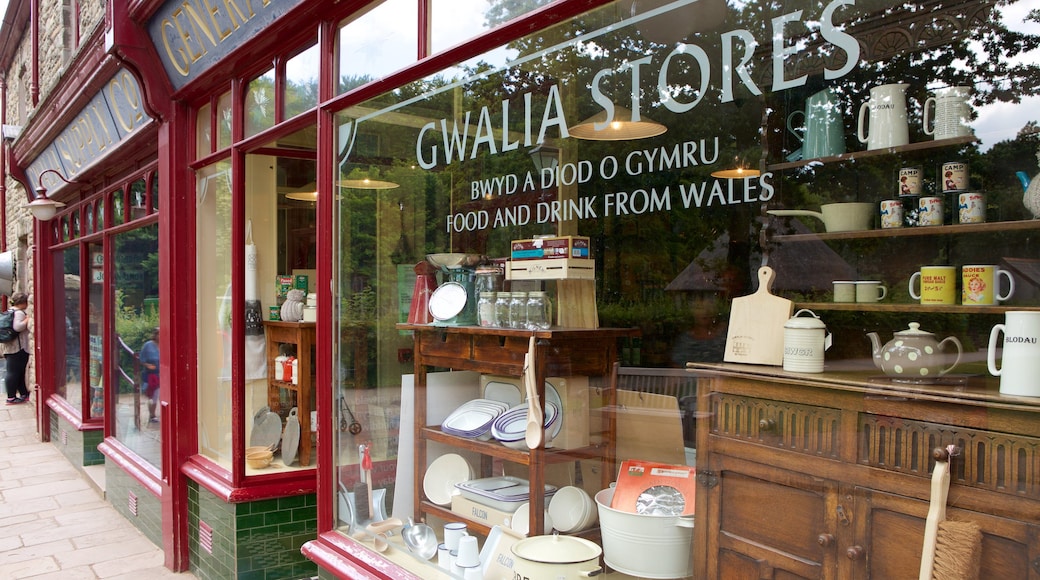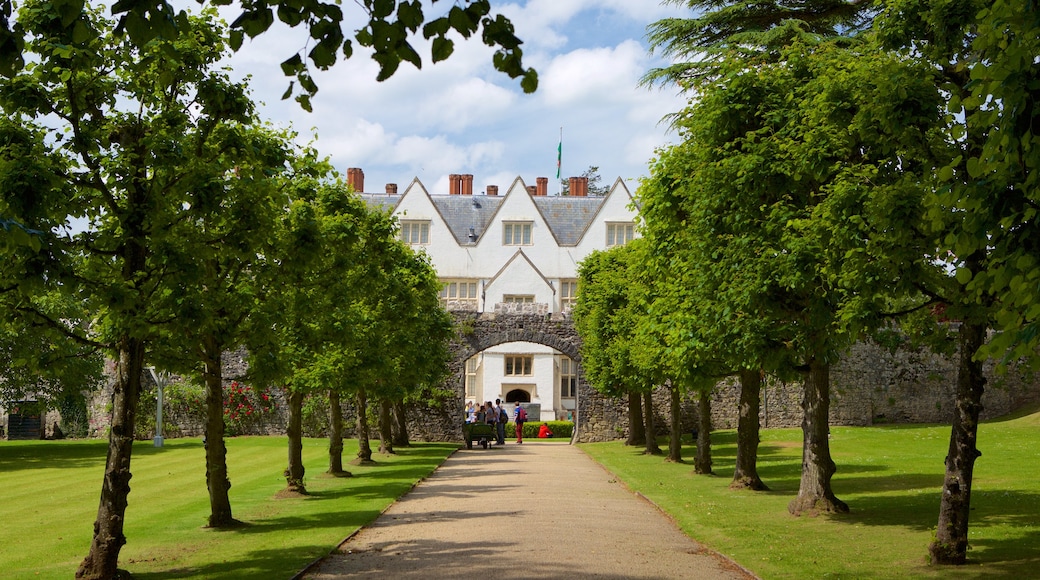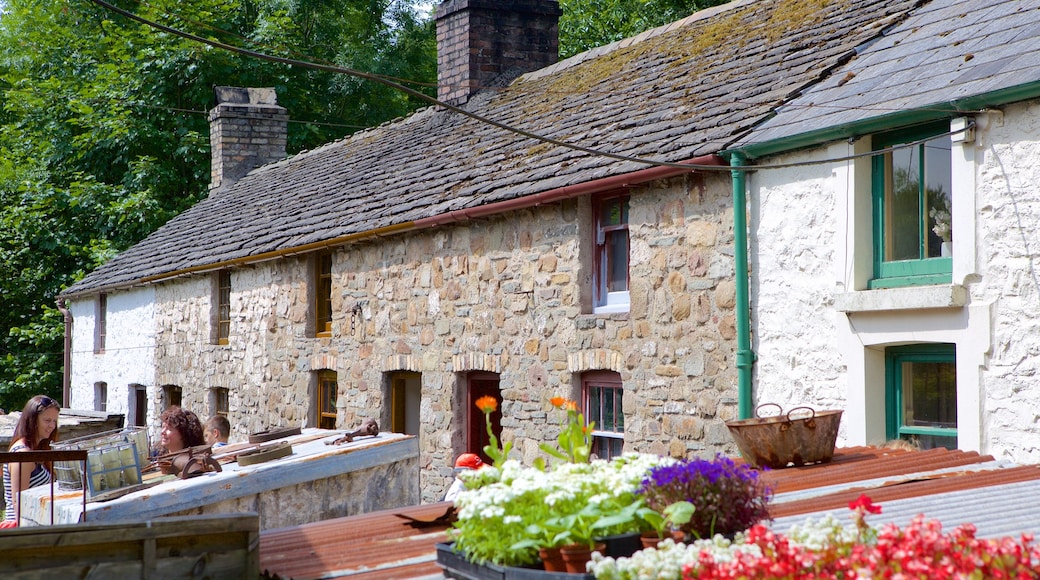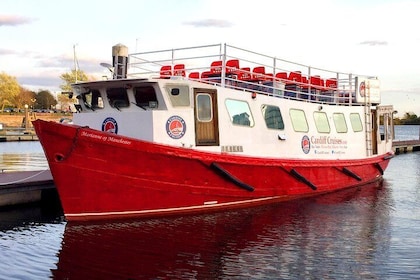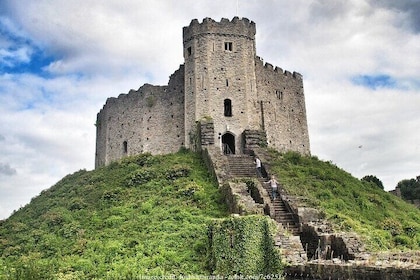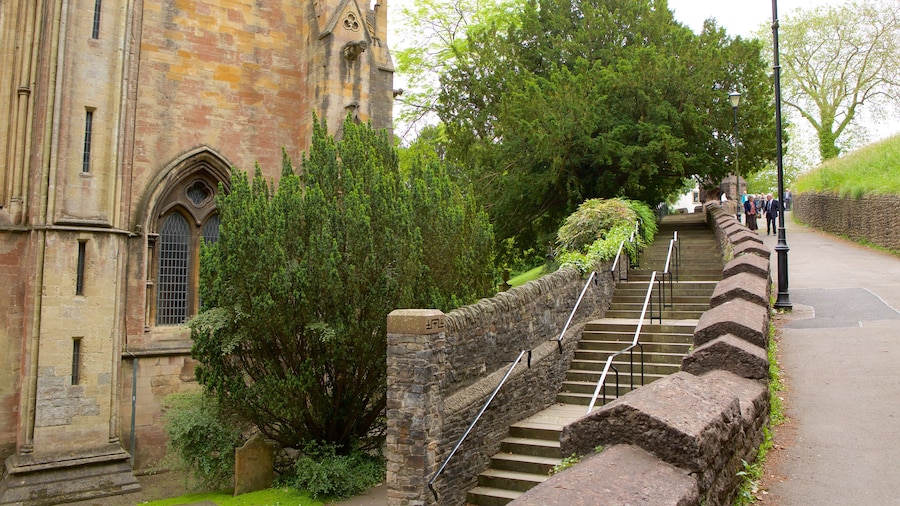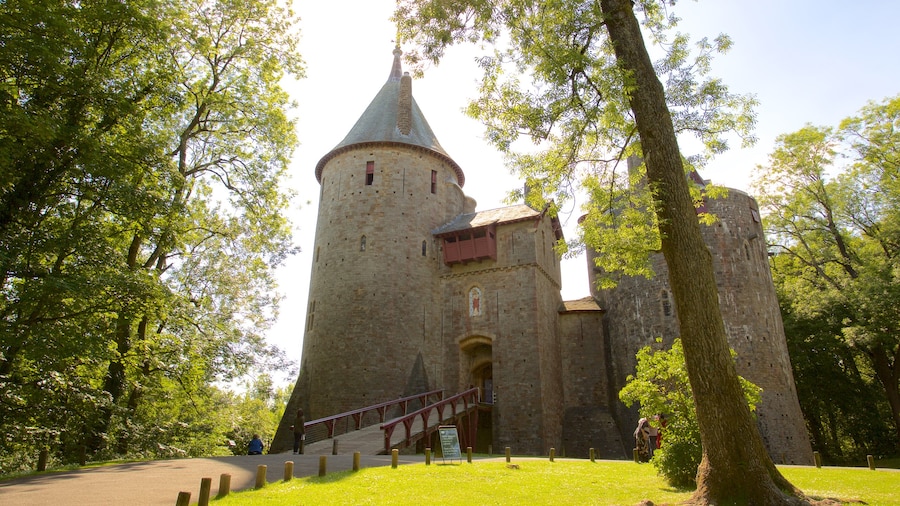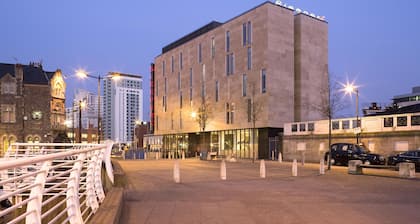Discover glimpses of Wales's past with a visit to St Fagans. The rural village is a suburb of Cardiff and encompasses an open-air museum that features more than 40 original buildings from across the country. Visit an old farm, school and chapel and watch craftsmen at work in their workshops.
The museum is called St Fagans National History Museum and admission is free. It is spread across 100 acres (40.5 hectares) of grounds of St Fagans Castle, a 16th-century manor house. The buildings are from various historical periods and were dismantled at their original locations and reassembled at the open-air museum.
Go to St. Teilo’s Church, which dates back to the 12th century. Tour the rooms and gardens of the museum’s six historical homes and see how household items changed over a 180-year period, starting from 1805.
Visit the tiny two-room post office, which was originally built in 1936. Step inside the Oakdale Workmen's Institute, built in 1917 as a hub of social and cultural life for a coal mining community.
Explore the museum's collection of old farm buildings. These include a 16th-century barn, a timber-framed thatched farmhouse from the late 17th century and a circular pigsty made of stone.
In the 18th-century smithy, watch blacksmiths use traditional tools to make decorative items. In times past, this is where horseshoes were made and fitted, among other jobs.
While you are at the museum, take advantage of its beautiful setting with a walk through the beech woodland. See trees that are more than 100 years old and learn about local wildlife on the nature trail.
The open-air attraction is 4 miles (6.4 kilometers) west of the center of Cardiff. Reach the museum by a 20-minute bus ride from Cardiff Central Bus Station or come by car. There is an on-site metered car park.
The national history museum is open daily and there is no admission charge. After your visit, head over to St Fagans village. It lies on the River Ely and is home to a village hall, country pub and 12th-century church.
